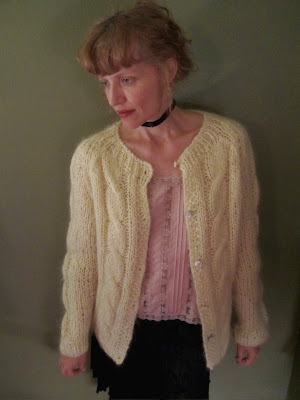
One of the most interesting visual artist of the Beat era, Wallace Berman (1926-1976) remains, for me, one of the best kept secrets of the late twentieth century. A crucial figure in California's postwar underground, Berman was a catalyst who traveled through many different worlds, transferring ideas and dreams from one circle to the next. His publication called Semina, a loose-leaf art and poetry journal that Berman published and personally distributed in nine issues occupies a legendary place within the California art world as the club for those in the know. An experiment in private, improvised art distributed among friends, Semina can be compared to the fascicles and letters of Emily Dickinson a century earlier; both Dickinson and Berman sought through their hand-made, private creations—often sent out as “mail art”—to coalesce a community that was at odds with the official world. Within the charmed circle of the Semina coterie, distinctions between literature and art collapsed: poets drew and made collages; artists and filmmakers wrote poems. Speaking for Berman, his wife Shirley asserts that he published Semina “because he loved poetry so much”. “We spent a lot of time reading poetry,” she recalls, insisting that poetry was a more fecund source of inspiration for Berman than two other art forms he adored, music and film: “His working process was to read poetry, all the new young poets”
Semina was an unbound journal printed on a hand press in editions of a few hundred and mailed to friends ‘like a surprise communication from an erratic correspondent’. Each installment of Semina consisted of loose-leaf pages of different sizes and shapes and featured works by dozens of the artists and poets who passed through Berman’s bungalow on Crater Lane, a loosely defined scene that included Bruce Conner, Jay DeFeo, Jack Hirschman, Joan Brown, Jess, Allen Ginsberg, Diane di Prima, Dean Stockwell, Dennis Hopper, Taylor Mead, Jack Smith, Walter Hopps, William Burroughs and many more.
I have included photos to get a feel of what an interesting and wonderful thing Semina culture truly was and it takes me back in time to a place where artist truly made art for arts sake as opposed to the drive for money and fame. Every photo and piece of poetry and art work inspires so much in me, mainly a sense of the magic in ordinary life and the simple style of working with what you have as we are all so full of our own magic as are the things around us.





















A poem by Jack Hirschman
NELLIE
After his shouts, the strops, her screams, the thrown things,
the doorslam, the bitter weeping,
out of the thin box, as the delicate paper was parted,
she'd lift the sheer mojud stockings
and run her fingertips along them,
slowly smiling girlishly again.
She'd begin singing a Perry Como song,
she loved Perry Como and would sing
the same song he sang, all day long,
on the Make-Believe Ballroom Time.
Then, in a black brassiere strapped to her freckled shoulders,
she'd sit on the bed, fit the stockings,
stand up and notch them to the garters
that hung down from her black girdle,
A ripple of fat ran round her waist, squeezed out
by the girdle, different from
the plumps that swelled out from her brassiere.
And I saw a blue bruise, the shadow
of a belt-buckle on her thigh.
But she was singing again, and over the girdle
she'd put on a pair of pink bloomers,
and over everything, then,a brown-and-white flower-print
summer-golden dress.
Her white heels had holes in the toes where her nail-polish
showed through. The bottle of polish, tweezers, lipstick,
rouge, brush and emeryboard were on the vanity table
over there looking in the mirror.
Her lips swam in the Como song with rose-red strokes,
reaching the end with a shiny glow,
like the waxy cameo of her mother
on the brooch in the drawer.
She'd hold out her hand and say, "Come, darling?"
We'd walk hand in hand up and down our street
in the twilight,
and the neighbors would cry out: "Hi, Nellie!" or "Hello,
Mrs. Hirschman," and "Hi, Jackie. My, how you've grown!"
From Endless Threshold (Willimantic, CT: Curbstone Press, 1992)
 While you are away
While you are away













































